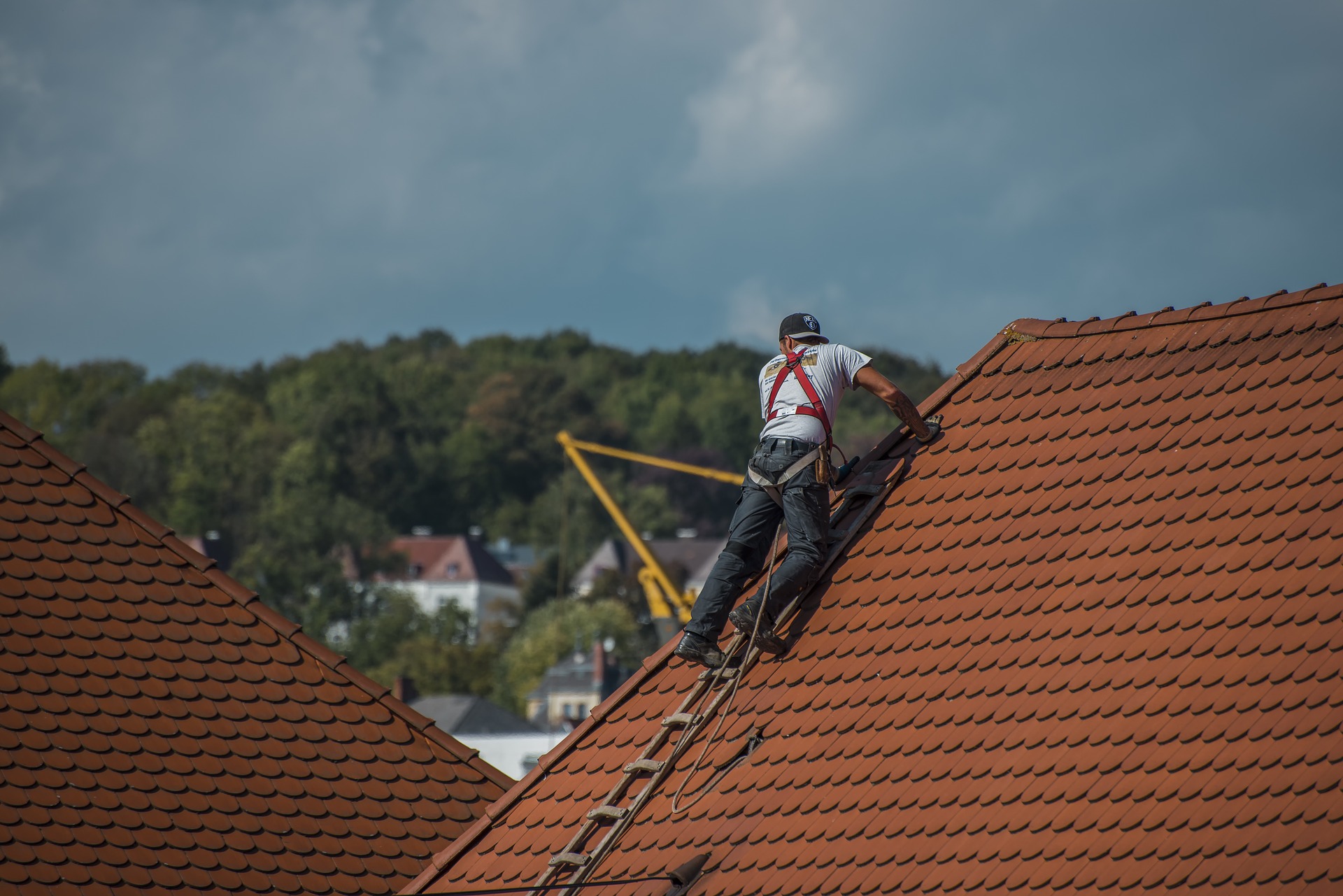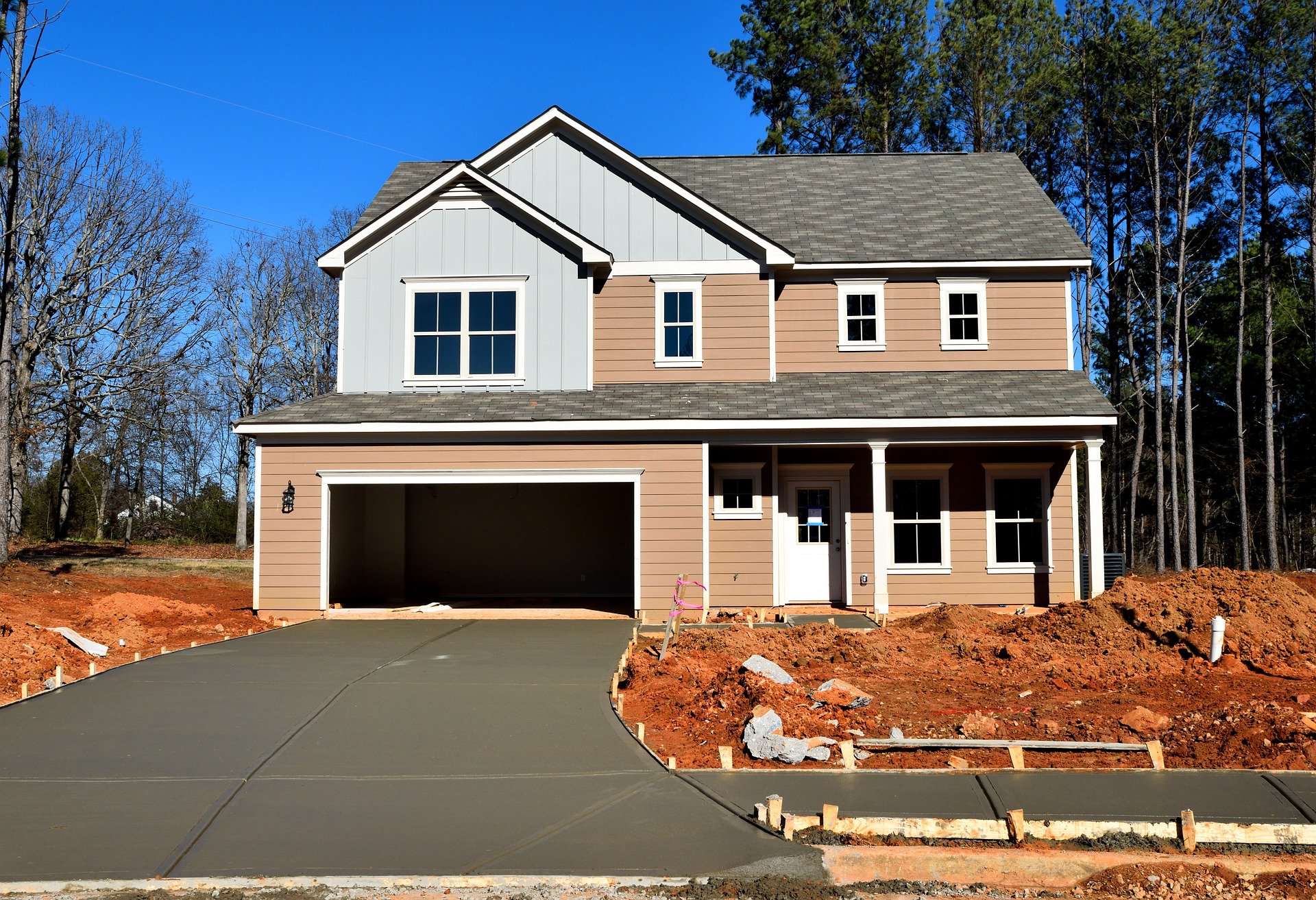
Construction and Design
3 Points To Consider When Choosing An Architectural CAD Course
Choosing architectural CAD courses can be difficult, especially when there are so many to choose from. Some people might ask

Choosing architectural CAD courses can be difficult, especially when there are so many to choose from. Some people might ask

Many homeowners are considering liquid membrane roofing because of the many advantages that it offers. This article will discuss liquid

Being a contractor, a builder, or maybe a homeowner means you have to contemplate on the available options of the

A carport with sides panel and doors is an ideal storage facility for many household vehicles. However, some people like

If you would like to invest in the hospitality industry, it’s recommended you spend some time looking for the best